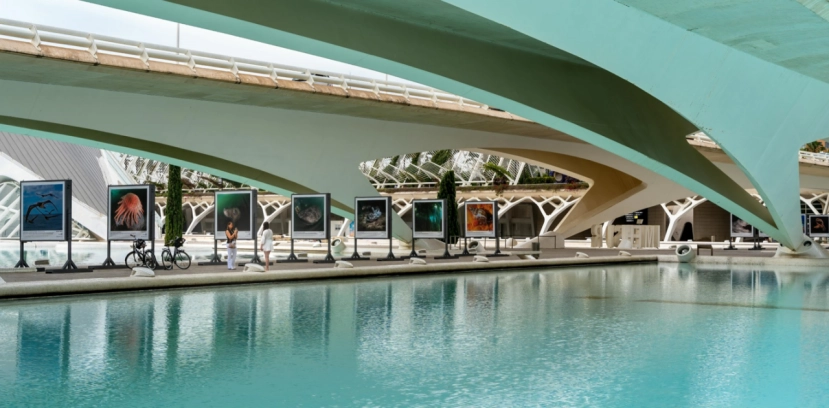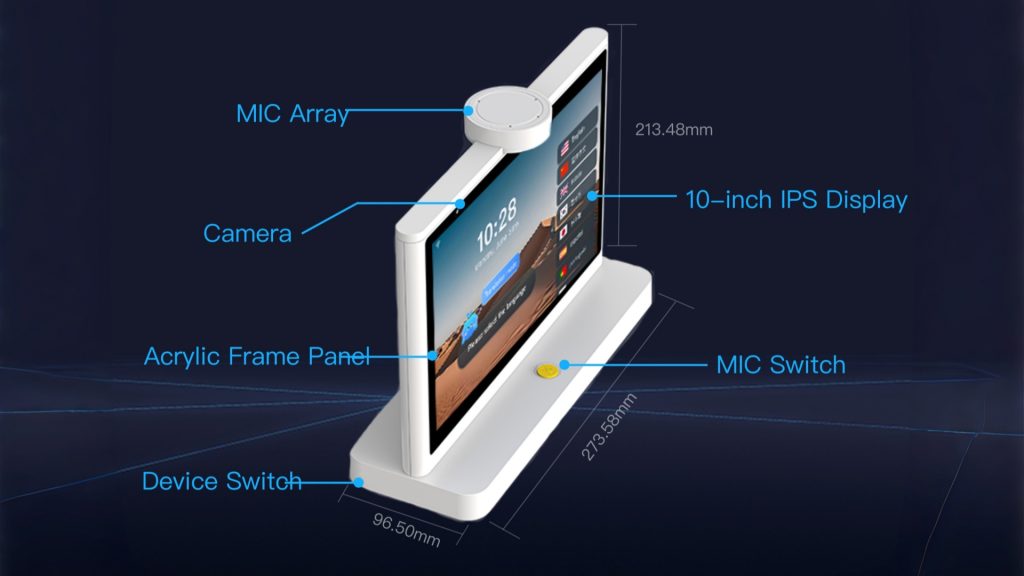
The Evolution of Digital Art
From Traditional Art to Digital Transformation
Art has changed fast. Paint and canvas ruled once. Sculptures stood tall. Drawings told stories. Then tech arrived. Artists tried new tools. Digital art was born. It mixes creativity with code. The process feels fresh.
Digital art isn’t just old art online. It’s a new world. Graphic tablets draw smooth. Software shapes dreams. Cameras capture raw moments. Costs drop low. Skills are easier to learn. Anyone can create now. Art is open to all.
Transformation sparks freedom. Barriers fall away. Creativity soars high.
Key Milestones in the Development of Digital Art
Tracing the Digital Art Timeline
Digital art grew step by step. In the 1960s, computers drew basic lines. Early graphics were simple. By the 1980s, PCs got strong. Artists made bold works fast. Tools felt like magic.
The 1990s brought the internet. Sharing art went global. Platforms connected creators. The 2000s saw mobile tech rise. Apps made art portable. Now, AI, VR, AR, and blockchain push limits. Digital art keeps evolving.
Milestones mark progress. Tech drives art forward. The future is bright.
The Role of Technology in Shaping Digital Art
The Impact of Artificial Intelligence on Creative Processes
AI shakes up art. Algorithms think deep. They study images fast. Tools like DeepArt blend styles. Google’s DeepDream makes surreal scenes. Machine learning fuels ideas. Artists set rules; AI creates options.
Generative design is big. AI offers endless versions. Humans pick the best. This mix redefines who makes art. Originality gets new meaning. Creativity meets tech head-on.
AI is a partner. Art stays human. Results are wild.
Virtual Reality and Augmented Reality in Artistic Expression
VR and AR open doors. VR drops you in art worlds. Tilt Brush paints in 3D. Users shape virtual spaces. AR layers digital on real life. Phone screens show hidden art. Reality blends with dreams.
These tools go beyond galleries. Schools use VR for history lessons. Games add AR for fun. Therapy heals with immersive art. Experiences feel alive. Audiences dive deeper.
VR and AR are bold. Art feels alive. Engagement grows strong.
Block chain NFT is how to define the ownership of digital art
Blockchain solves old issues. Digital art was easy to copy. NFTs change that. Each token is unique. Blockchain tracks every sale. Artists prove their work’s real. Collectors trust their buys.
NFTs make money flow. Artists earn from resales. In 2021, Beeple’s NFT sold for $69 million. Energy use sparks debate, but blockchain’s impact is huge. Digital art gains value.
NFTs shift power. Ownership is clear. Art markets evolve.
Redefining Creativity Through Digital Art
Breaking Boundaries: New Mediums and Techniques in Digital Art
Digital art knows no limits. 3D models build worlds. Algorithms draw patterns. Interactive works react to touch. Installations shift with sound. These ideas were once dreams. Now they’re real.
High-res screens show every detail. VR headsets pull you in. Tools like Procreate make sketching fast. Art tells stories in new ways. Creativity has no walls.
New mediums inspire. Techniques are endless. Art keeps growing.
Enhancing Audience Engagement with Interactive Digital Installations
Art now talks back. Installations invite play. Motion sensors catch steps. Touchscreens shift visuals. AR apps add layers. Viewers shape the work. They’re not just watching. They create too.
Projection mapping lights up buildings. Festivals glow with art. Crowds join the story. Tech makes art a shared moment. Culture feels alive.
Interaction is key. Audiences connect deep. Art becomes a dialogue.
The Influence of Digital Art on Exhibition Spaces
Transforming Traditional Galleries into Immersive Experiences
Galleries aren’t dull anymore. Digital art makes them alive. Walls pulse with projections. Floors shift with light. Motion sensors track you. Art reacts to moves. Visitors feel part of it.
AR apps add info. Point a phone at art. History pops up. Stories unfold fast. These tricks draw young crowds. Galleries feel fresh. Art speaks louder.
Immersion is magic. Spaces tell stories. Visitors stay hooked.
The Rise of Virtual Exhibitions and Online Platforms
Virtual galleries are booming. No walls hold art back. 3D spaces show works online. Viewers roam from home. Global reach is instant. Museums go digital. Private collections open up.
COVID-19 pushed this shift. Lockdowns closed doors. Virtual tours saved art. Guided walks and chats added depth. Hybrid shows are next. Real and online mix smart.
Virtual is open. Art reaches all. Platforms grow fast.
How Digital Art Shapes the Future of Creative Industries
Integration of Digital Art in Advertising and Marketing Campaigns
Digital art grabs eyes. Ads use motion graphics. 3D animations pop vivid. AR lets you try clothes online. Furniture fits your room via apps. Brands stand out sharp.
AI tailors ads to you. Generative tools craft visuals fast. Digital billboards change by hour. Data tracks what works. Marketing feels alive. Engagement is high.
Digital art sells. Campaigns hit hard. Brands win big.
The Growing Demand for Customization and Personalization in Creative Solutions
People want unique. Digital art delivers. 3D printers make custom sculptures. Adobe tools craft bespoke patterns. Games build worlds just for you. Personalization is hot.
Shenzhen Yijing’s YIAISIGN brand fits this. Their displays show tailored ads. Tech meets consumer needs. Fashion, games, and decor all lean custom. Art feels personal.
Customization is king. Digital art leads.

Frequent Some Questions
What is modern digital art?
It’s art made with tech, from creation to display.
How does digital art change galleries?
It adds immersion with projections and AR. Spaces feel alive.
Why are virtual exhibitions popular?
They’re open to all, anywhere, with interactive perks.
How is digital art used in ads?
Motion graphics, AR, and AI make campaigns bold.
Why is personalization big?
Consumers love unique designs. Digital tools make it easy.
YIAISIGN is a brand owned by Shenzhen Yijing Technology Co., Ltd., specializing in innovative products such as Android advertising displays designed for modern needs while leveraging over 15 years of industry expertise across R&D sectors.


